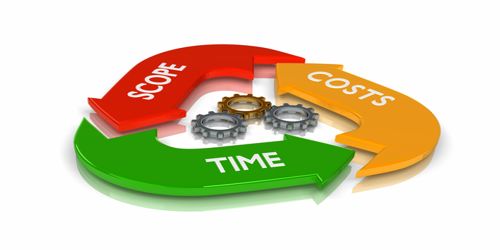Project Control is a process for controlling the investment of resources in an asset. It is a subset of Project Management with the primary focus of managing the project’s cost and schedule. It intends therefore to collect goal-relevant information and to coordinate systematic decisions.
Explain in brief the three main types of control system.
Control can focus on events before, during, or after a process. There are three basic types of control mechanism we can use. These are discussed below –
(1) Cybernetic control: Cybernetic or steering control is by far the most common type of control system. It is the study of human control functions and of mechanical and electronic systems designed to replace them, involving the application of statistical mechanics to communication engineering.
(2) Go/no-go control: This control system tests whether some specific preconditions have been men for the performance time and cost. It is easier to administrate. But it could have errors and may be compounded if the check-in interval is longer. Example: Project plan, schedule, master budget, etc.
(3) Post control: Post control also known as post-performance controls or reviews, or post project or reviews are applied after the fact. Post control is directed toward improving the chances for future projects to meet their goals.
The difference with the previous control methods is that, Cybernetic control and Go/non-go control focus on achieving the going project, but the post control focus on improving the chance of better accomplishment of the future project.















